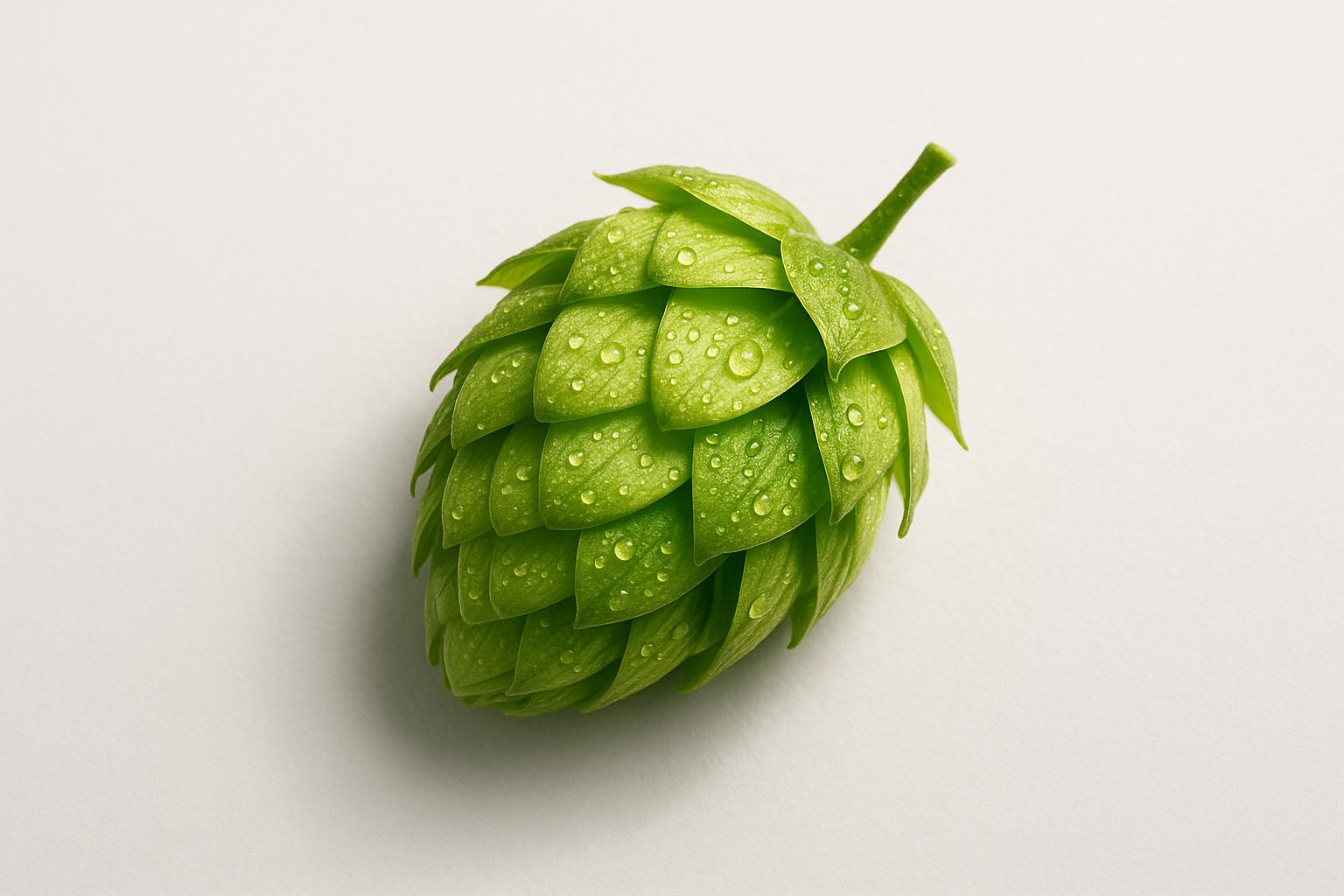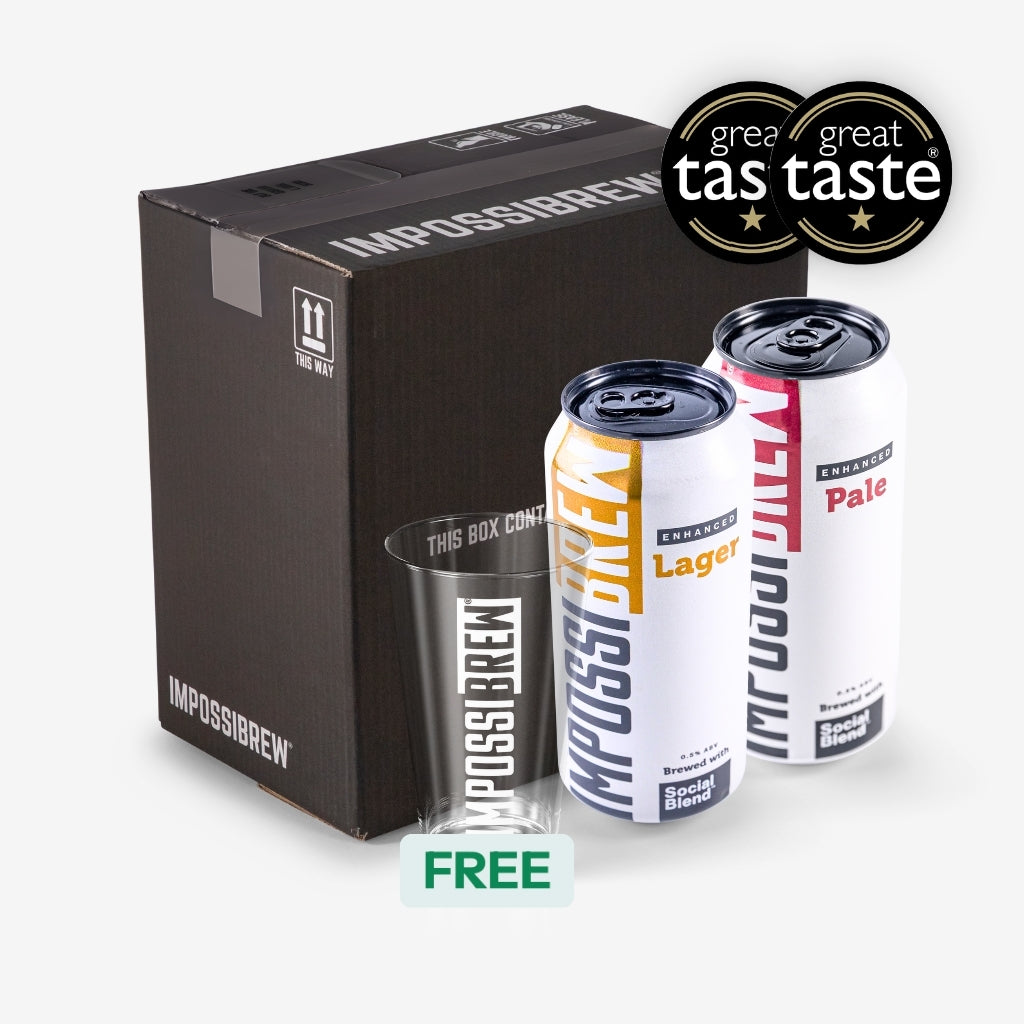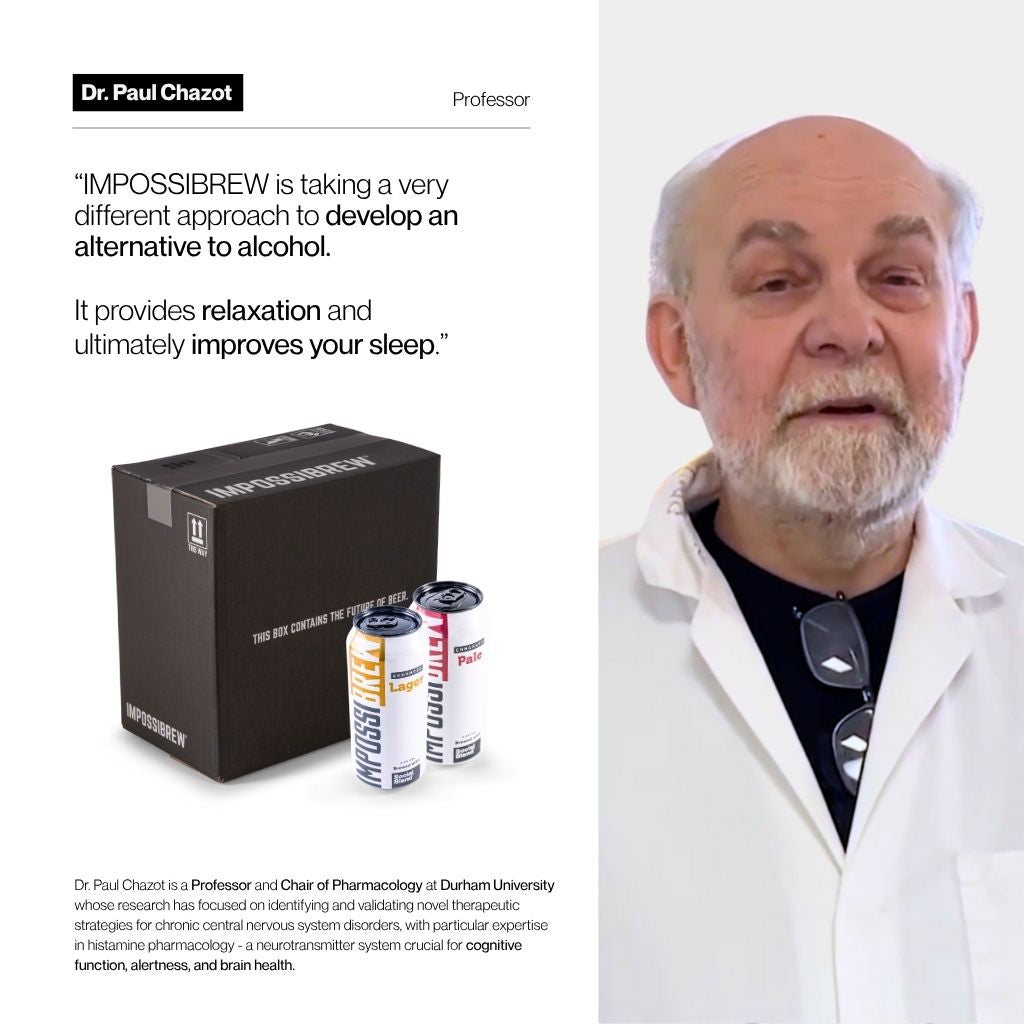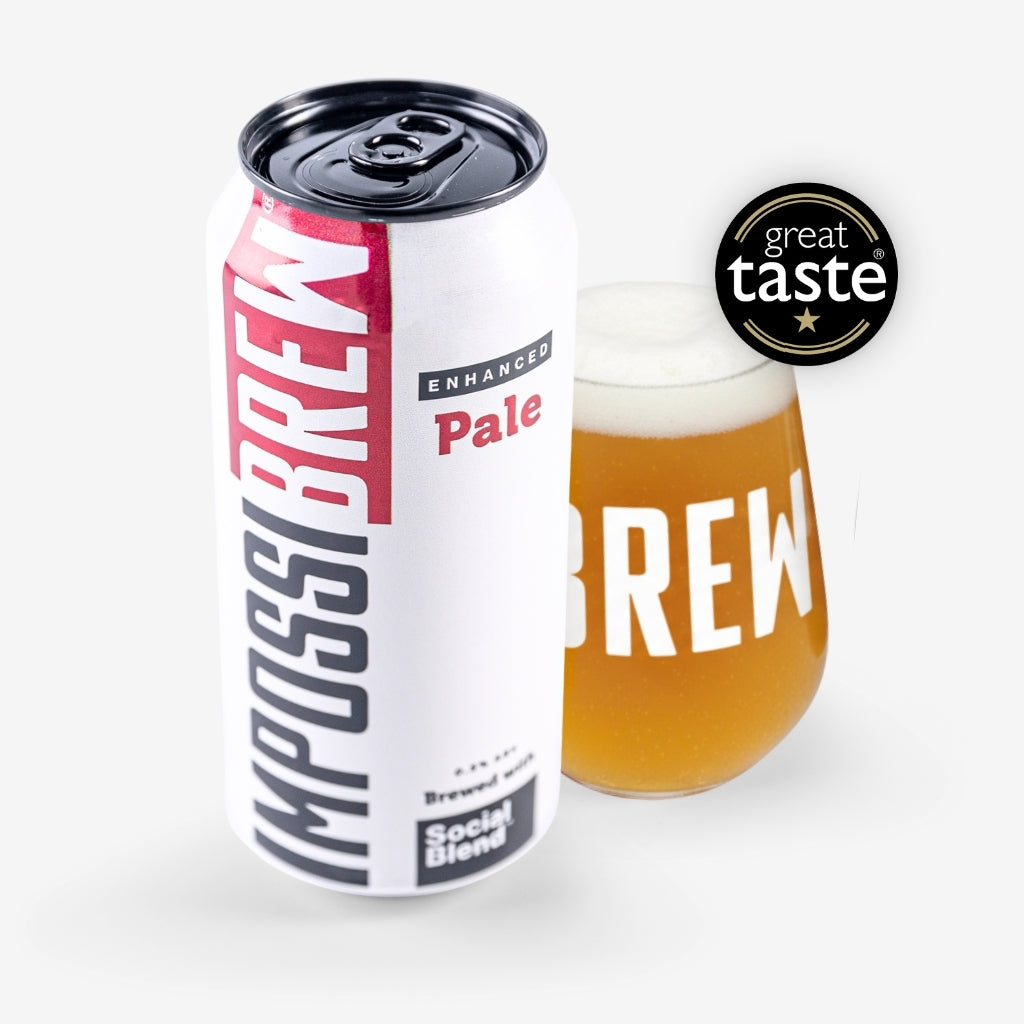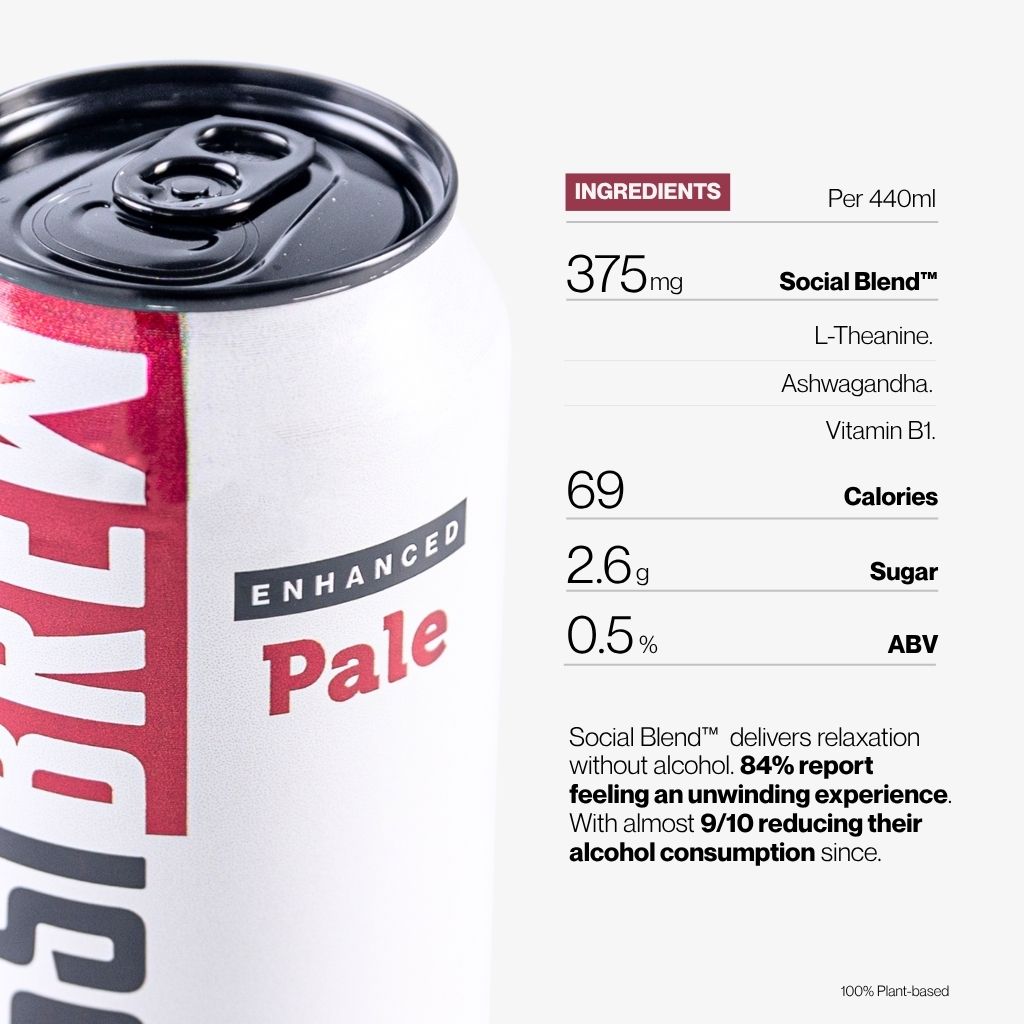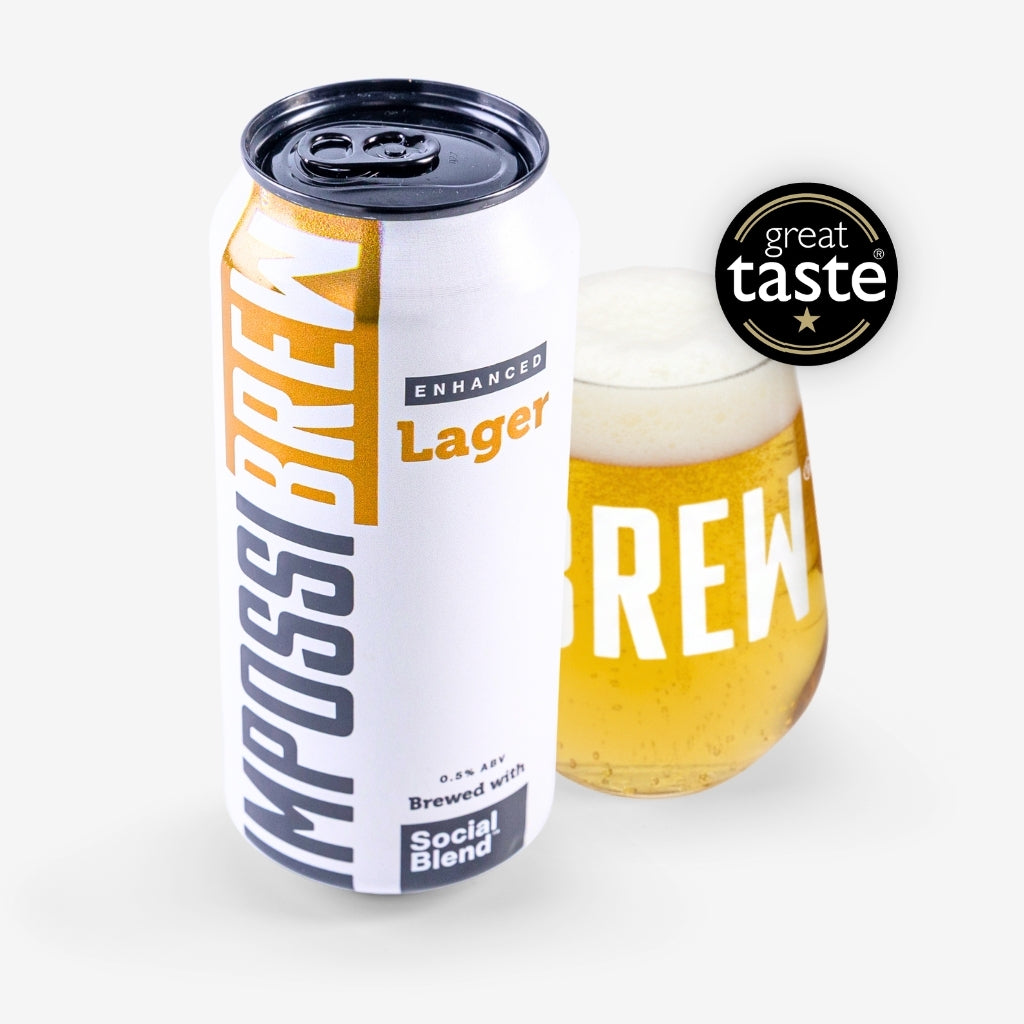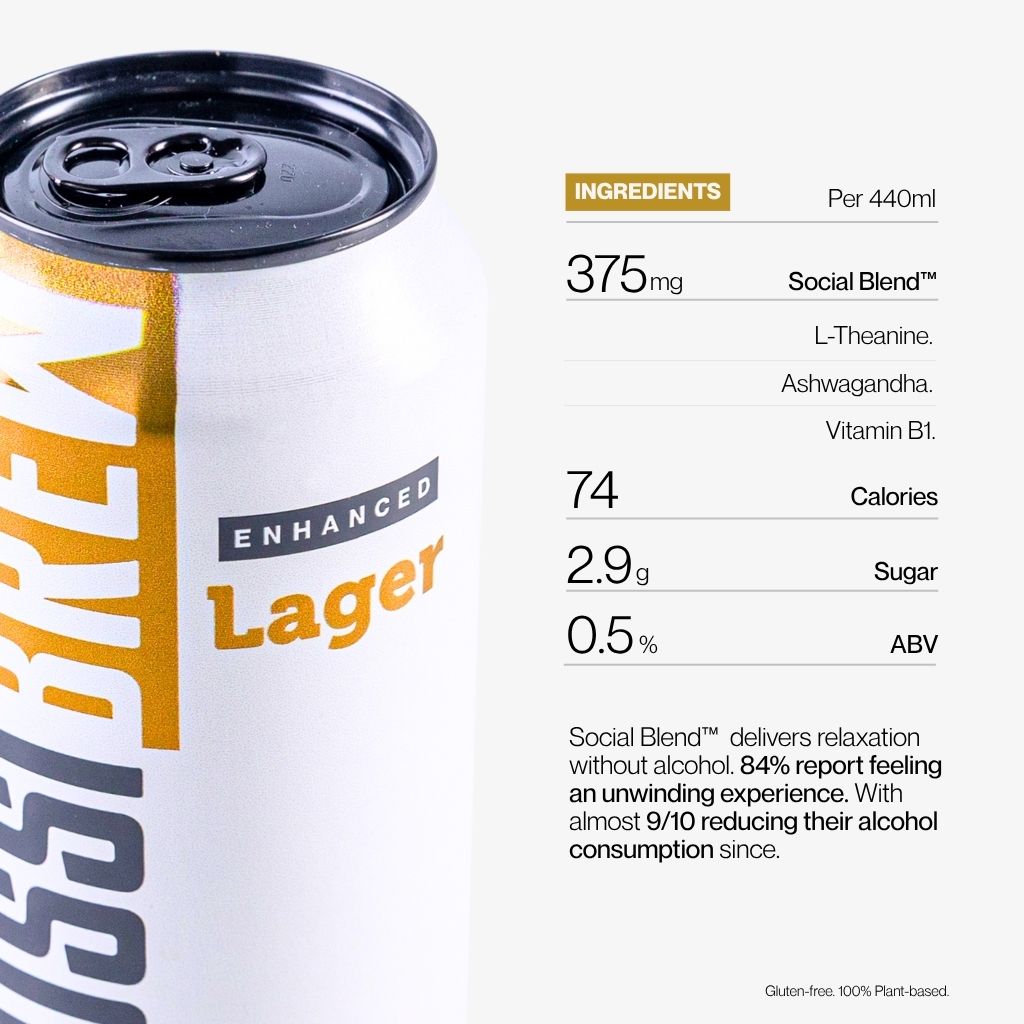Breweries Powered by Solar: Success Stories
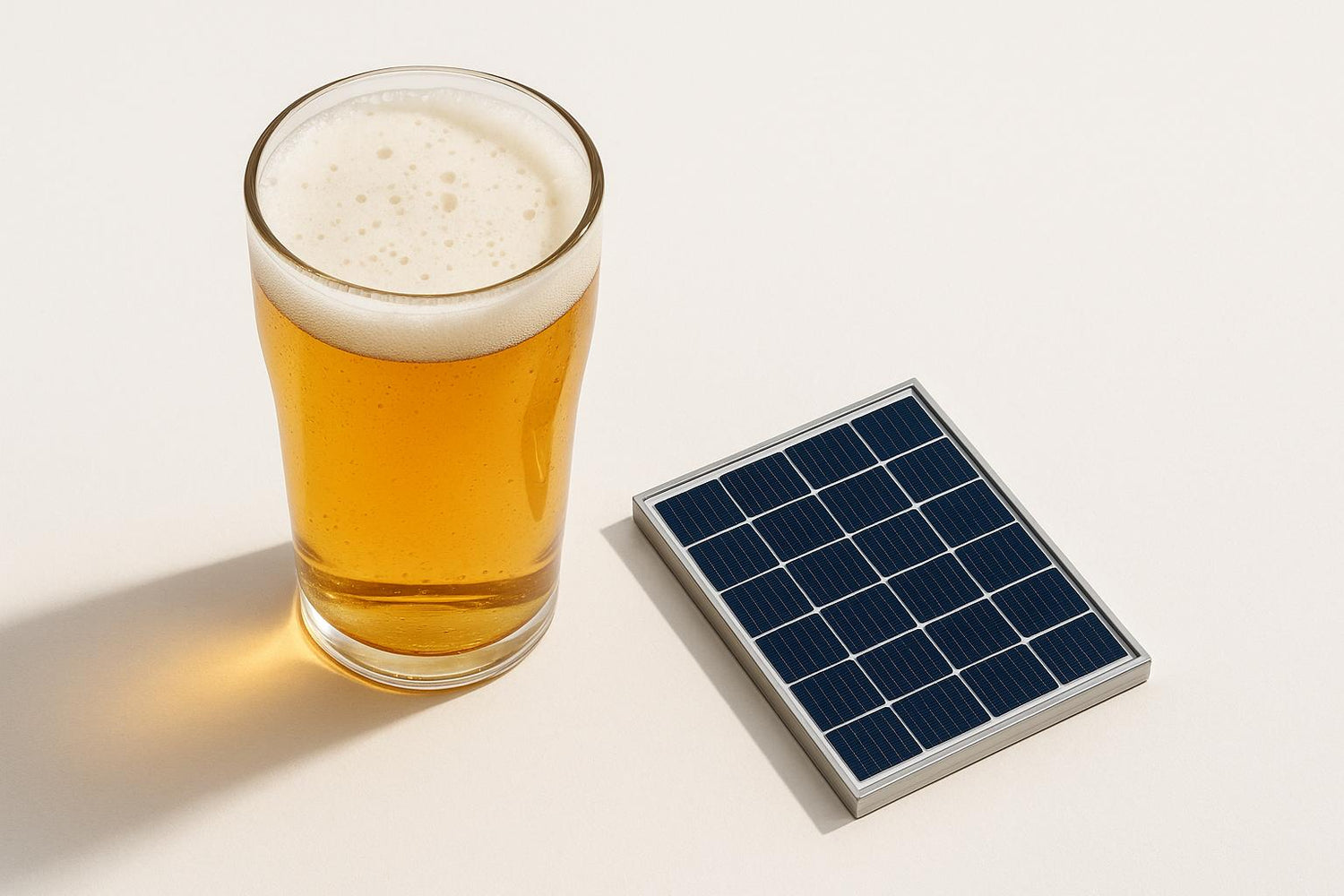
Breweries across the UK are turning to solar energy to cut costs and meet growing consumer demand for greener practices. Brewing is energy-intensive, with smaller breweries often struggling due to rising energy prices. Solar power offers a cost-effective solution, supported by falling solar panel prices and government incentives.
Key insights:
- Brewing requires 55–66 kWh per barrel; smaller breweries face high energy bills.
- Solar panel costs dropped 90% between 2011–2020, making installations more affordable.
- Case studies like Stewart Brewing and One Planet Brewing Co highlight how solar systems can cover 65–100% of energy needs, saving thousands annually.
- Government grants, tax reliefs, and the Smart Export Guarantee make solar adoption more accessible.
- Challenges include high upfront costs, weather dependency, and space requirements, but battery storage and shared solar arrays offer solutions.
Solar energy isn’t just a way to reduce costs - it also aligns with changing consumer preferences for greener products, helping breweries stand out in a competitive market.
GB NRG – Solar Panels at Exmoor Ales Brewery
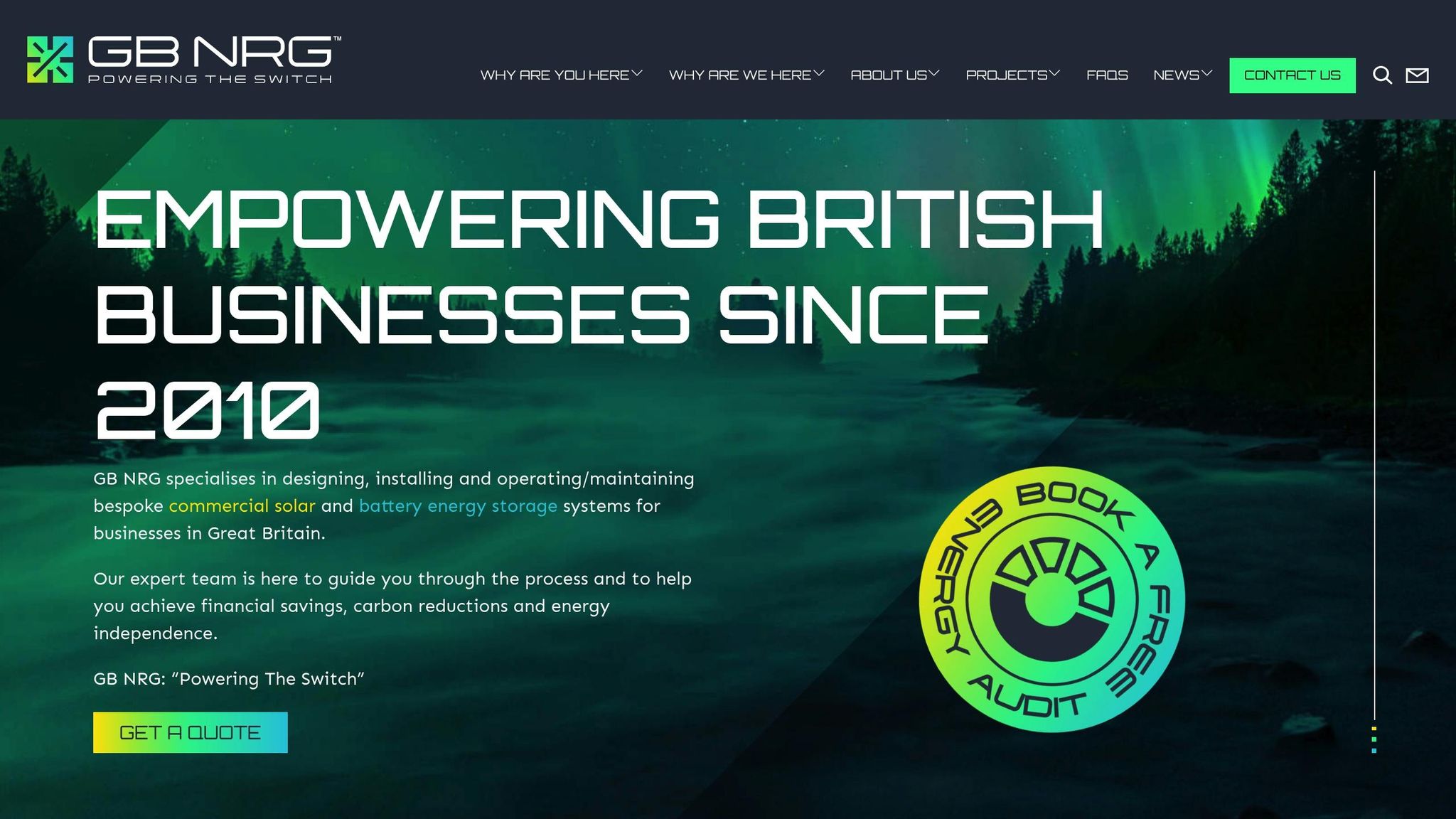
How Solar Energy Powers Breweries
Exploring how solar energy fits into brewery operations involves understanding the energy demands of brewing and the steps required to install solar systems. Let’s dive into these aspects to see how solar energy is transforming the brewing industry.
Brewing Energy Requirements
Brewing beer is an energy-intensive process. From mashing and boiling to fermentation, cooling, and packaging, each stage requires substantial amounts of electricity and heat - both of which can be offset by solar energy.
In the UK, breweries have faced a tough time due to rising energy costs, which, as of 2023, were reported to be 2–3 times higher than pre-COVID levels. This surge in costs has even led to the closure of 100 independent breweries in Britain by 2024[2]. Solar energy offers a way to combat these challenges.
Two main solar technologies play a role here. Photovoltaic (PV) systems generate electricity for equipment used in cooling, packaging, and other operations. Meanwhile, solar thermal systems produce heat, which is essential for processes like mashing and pasteurisation[5]. Studies suggest that PV systems alone can meet 38.5% of a microbrewery’s electricity needs, with a return on investment in about four years[5].
When breweries use both PV and solar thermal systems, the results can be striking. A craft brewery producing 1,200 hectolitres annually managed to cut electricity use by 51%, heat consumption by 31%, and CO₂ emissions by 3.8 tonnes[5].
For breweries considering heat pumps as part of their energy solutions, there’s more good news. Heat pumps are up to four times more efficient than traditional boilers and can be powered by solar panels, offering even greater energy savings[6].
Solar Installation Process
To harness solar power effectively, breweries follow a structured installation process. This process ensures the solar system meets the brewery’s specific energy needs.
The journey starts with a site assessment. This involves evaluating the brewery’s roof to check its condition, orientation, shading, and structural capacity. Installers also analyse the brewery’s energy consumption to design a system that fits its requirements[2].
The time it takes to install a solar system depends on its size and complexity. For instance, Stewart Brewing invested £180,000 in a 210 kW solar PV system installed across their roofs and walls. This system is expected to generate over 165,000 kWh annually, covering around 65–70% of their electricity needs[3][4][9].
Adding battery storage can make solar systems even more efficient. Batteries store excess energy, which can then be used during peak times or at night[2][1]. This approach maximises the benefits of solar power, allowing breweries to rely on clean energy even when the sun isn’t shining. The UK government has made this option more appealing by extending the zero VAT rate on solar panels and battery storage until 2025[7].
Breweries can also sell surplus energy back to the grid through the Smart Export Guarantee, creating an additional income stream[2]. For those with limited capital or roof space, sharing solar arrays with neighbouring businesses in an industrial park can reduce costs and simplify the transition to solar power[1].
UK Requirements and Regulations
Breweries in the UK must adhere to specific regulations and take advantage of available incentives when adopting solar energy systems. Compliance with the Microgeneration Certification Scheme (MCS) is crucial for accessing government support[7].
Planning rules for commercial projects under 1 MW have been simplified, making the process quicker and less bureaucratic[7]. Financial incentives further sweeten the deal. Solar panel installations may qualify for the Annual Investment Allowance, allowing businesses to deduct 100% of the system’s cost in the first year (up to £1 million)[2].
Grants can cover up to 30% of installation costs[7], and prices have become more accessible. For example, a typical 3.5 kW rooftop solar system now costs around £6,500 in 2024/25[8]. Solar installations also help meet the energy efficiency standards set by Building Regulations Parts L and O, aligning with the broader push for renewable energy.
Local councils may offer additional support schemes, such as Solar Together, which reduces costs through group purchasing[10]. Breweries are encouraged to check with their local authorities for such opportunities.
The framework also supports battery storage with zero VAT and offers incentives for using smart metres[7]. Partnering with accredited installers ensures compliance with regulations and access to grants and other financial benefits.
Case Studies: Solar-Powered Brewery Success Stories
These case studies highlight how breweries of different sizes and locations have embraced solar power, showcasing the practical benefits and challenges of adopting renewable energy in the brewing industry.
One Planet Brewing Co (UK)
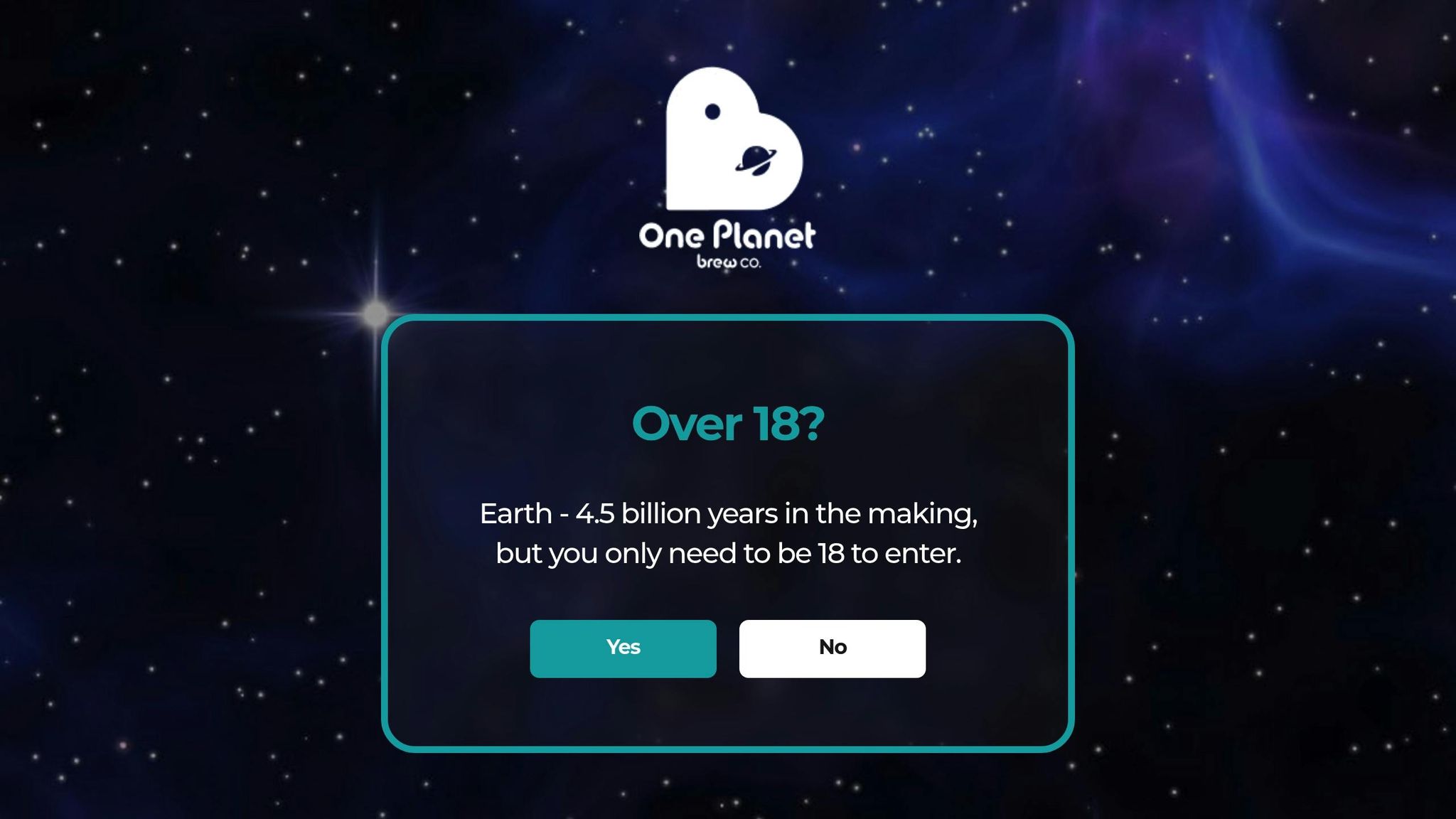
One Planet Brewing Co, located in Tongham near Farnham, is a shining example of solar integration in the UK brewing scene. Established in October 2023 as a subsidiary of Hogs Back Brewery, the brewery was built with a singular mission: to craft beer using 100% solar power generated on-site. Hogs Back Brewery invested £250,000 to create this independent operation, as explained by Managing Director Rupert Thompson:
"What we decided to do was set up One Planet as a completely independent subsidiary, the idea being we could put in new equipment to produce a beer that is brewed with 100% our own generated solar power." [11]
The brewery operates with a 15-hectolitre electric brewing system powered entirely by rooftop solar panels, supported by battery storage to meet brewing's energy-intensive needs. Since its inception, One Planet Brewing has generated 37,727 mWatts of electricity and used 3,346 mWatts [13]. Excess energy is sold back to the grid, although reliance on solar limits production to four or five brews per month, with operations pausing during darker months [12][14].
Their debut beer, a 5.5% Hazy IPA, was crafted using locally grown hops, harvested, dried, and chilled within 24 hours. Distribution is kept local - within a 30-mile radius - using reusable packaging and an electric dray whenever possible. While the beers are priced around 20% higher than other Hogs Back products (£6.50 per pint in the taproom and £3.60 for takeaway), customers are willing to pay the premium for sustainable brewing practices [11][12].
"It is, we believe, the first UK brewery to make the commitment to brew using only solar power generated on site." [12]
Carlsberg Lithuania's Solar Model
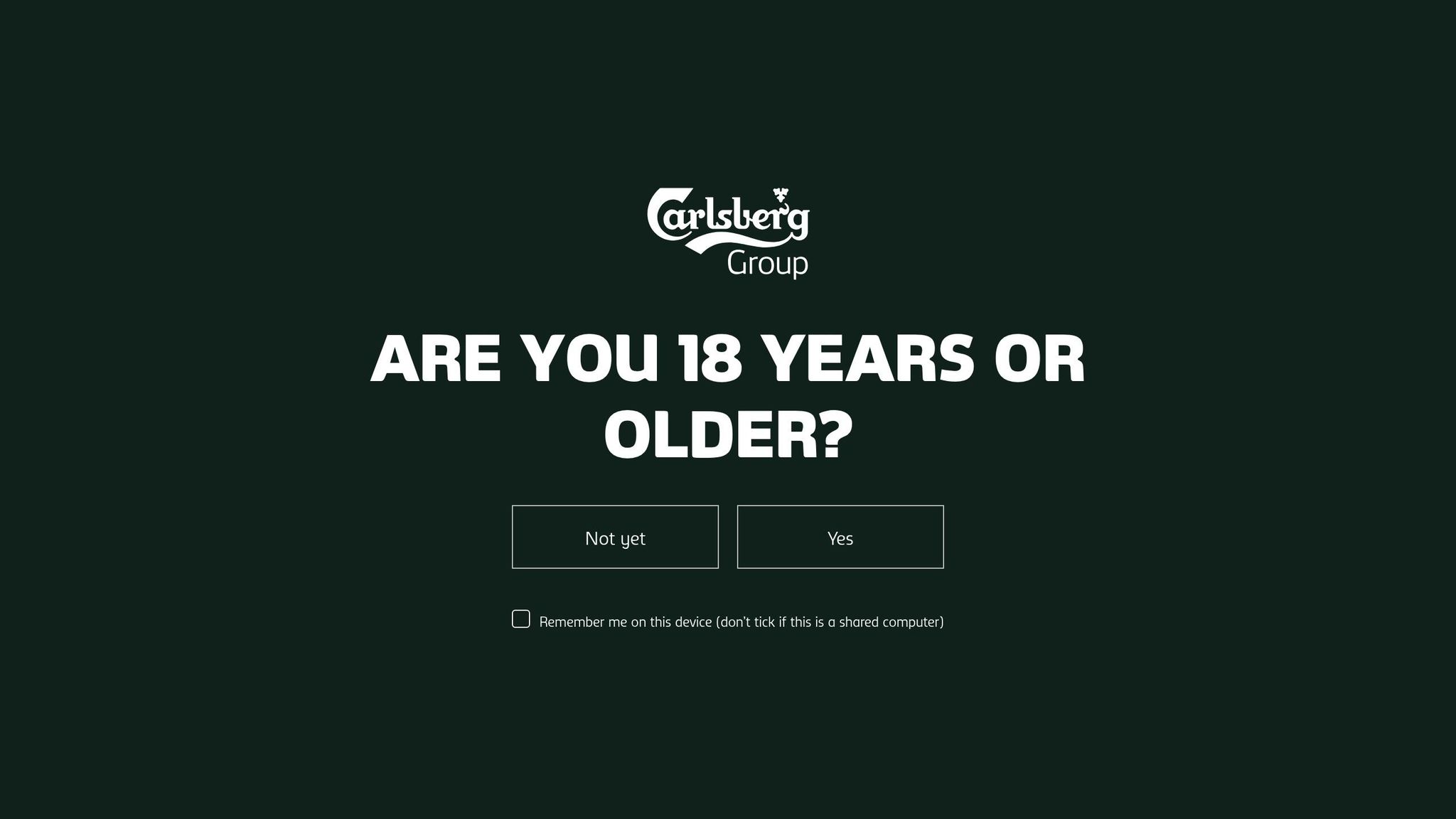
Carlsberg's Lithuanian brewery, Švyturys‑Utenos Alus (ŠUA), has partnered with Green Genius to create one of Europe's largest brewery solar projects. This ambitious €7.5 million initiative, partially funded by a €2.6 million grant from the EU Innovation Fund, demonstrates how large-scale breweries can achieve renewable energy independence [15].
The project combines on-site and off-site solar installations, including a 2.5 MW rooftop solar power plant with 2 MWh lithium-ion battery storage at the brewery in Utena, and a remote 5 MW solar park with 4 MWh storage in Butrimonys. Together, these facilities generate approximately 7,442 MWh of electricity annually [1][15]. The Energy-as-a-Service model used here offers a practical solution for UK breweries, eliminating the need for significant upfront investment.
CEO Rolandas Viršilas highlighted the broader impact:
"We have strong environmental commitments and a clear strategy to meet them. We believe our example will inspire other businesses in Lithuania. By investing in green energy, we also contribute to Lithuania's energy security, something recent years have shown to be crucial." [15]
This hybrid system provides 100% of the brewery's electricity from local renewable sources, with batteries enhancing grid resilience during peak demand. The dual benefits - energy independence and grid support - offer a blueprint for UK breweries considering similar investments [16].
Green Genius CEO Ruslanas Sklepovičius emphasised its significance:
"It will be the first autonomous green electricity solution for industrial users in the Baltic States. Therefore, we see this project as an essential milestone toward sustainability and energy independence in the region." [16]
This approach demonstrates how combining on-site and off-site solar systems can provide a sustainable energy pathway for breweries.
Throwback Brewery (US) and Lessons for UK Brewers
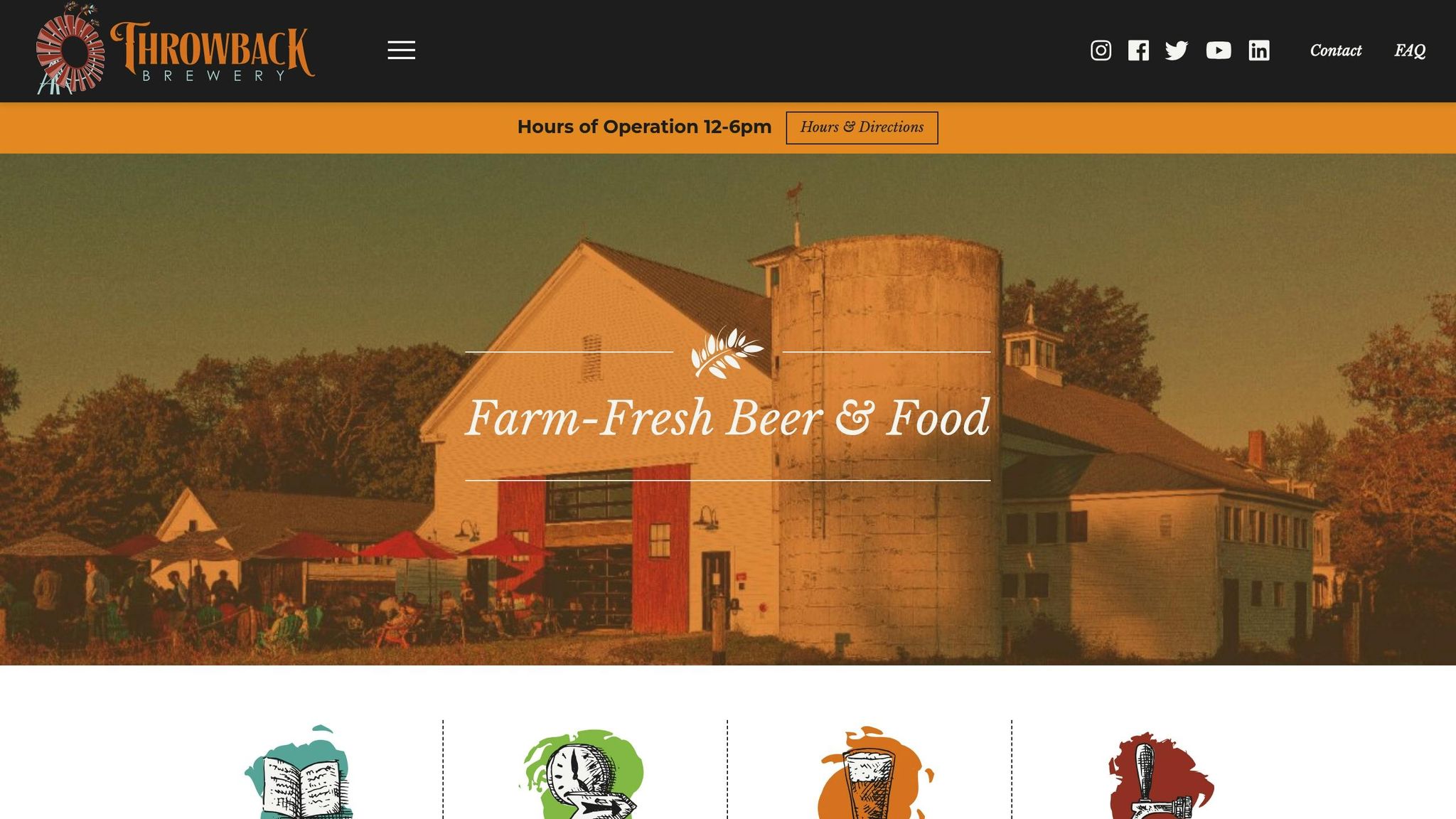
Throwback Brewery in the US offers valuable insights for smaller UK breweries exploring solar energy. Their journey began in April 2016 with the installation of a 48 kW grid-tied solar array, supported by New Hampshire solar rebates and a USDA REAP grant [17]. By 2022, the brewery had reduced its electricity bills by over 50%, with the solar panels generating more than 216.14 MWh of energy - equivalent to preventing 151,944 kg of CO₂ emissions [18].
"We always knew we wanted to go solar, so when we moved to the farm, that was a major focus for us." – Throwback Brewery [18]
The solar system powers 20–50% of their facility, depending on the season [18]. To engage customers, an iPad near the pub entrance displays real-time energy production and cumulative environmental benefits [17].
For UK breweries, Throwback's story highlights the importance of government incentives, partnering with experienced solar installers like ReVision Energy, and openly sharing environmental achievements with customers. Their success as New Hampshire's largest solar-powered brewery shows that even smaller operations can transition to renewable energy with smart financing, the right technology, and effective customer engagement [18].
sbb-itb-a752bf8
Solar Energy Benefits and Challenges for Breweries
After diving into the processes and regulations surrounding solar installations, it’s time to look at how breweries are directly impacted. Solar energy brings a mix of benefits and hurdles for breweries, shaped largely by their unique energy demands.
Breweries, with their high energy consumption, make a strong case for solar investment. Brewing processes alone account for around 8% of production costs [22], with each barrel of beer requiring between 12 to 22 kWh of electricity [19]. Let’s break down the key benefits and challenges of solar energy for breweries.
Pros and Cons Analysis
Here’s a snapshot of the advantages and challenges breweries face when adopting solar energy:
| Benefits | Challenges |
|---|---|
| Cost savings: Blasty Bough Brewing Company saved around £18,400 annually on electricity after installing solar panels, reducing monthly bills that ranged from £560 to £1,200 before installation [23]. | High upfront costs: Installation can be expensive, with payback periods typically spanning 4.3 to 6.6 years in favourable cases [21]. |
| Stable energy costs: Solar systems allow breweries to better predict and manage energy expenses [19]. | Weather dependency: Solar production dips during darker months. |
| Lower carbon emissions: Firestone Walker’s solar setup reduced emissions by 3,231 metric tons in its first year [20]. | Space constraints: Solar systems need sufficient roof or land space. |
| Revenue opportunities: Selling surplus energy back to the grid can create additional income [20]. | Technical challenges: Integrating solar requires expertise in energy storage and management systems. |
| Boosted brand image: Eco-conscious practices attract consumers who prefer environmentally friendly products [19]. | Limited resources for small breweries: Smaller breweries may lack access to feasibility studies and financial planning tools [22]. |
| Government support: UK breweries can benefit from tax credits and rebate programmes. | Seasonal variability: Energy production fluctuates with weather and daylight hours. |
These points underline how solar energy can impact both operational costs and sustainability goals.
Financial Incentives and Real-World Success Stories
Government incentives play a major role in making solar investments more appealing. For instance, the Modified Accelerated Cost Recovery System (MACRS) can provide savings of 20–26% [19]. These programmes, combined with solar’s technical benefits, strengthen the financial case for breweries.
Real-world examples show that solar can be a profitable move. Lookout Farm Brewing & Cider Co. installed 278 solar panels, and thanks to reduced energy costs, tax credits, and performance incentives, the system paid for itself in just two and a half years [19].
Operational Challenges and Innovations
Despite the benefits, breweries face operational hurdles when adopting solar energy. Microbreweries, in particular, encounter unique energy management challenges that require tailored solutions [22]. Integrating energy storage systems is one way to address these issues. For example, Sierra Nevada installed 1 MWh of Tesla powerpacks at their brewery in Chico, California, to offset peak demand charges [24]. Similarly, Maui Brewing Company achieved grid independence using Tesla powerpacks, driven by high local electricity costs and sustainability goals [24].
Thermal energy storage is another emerging option. These systems can cut costs by up to 69% [22] and deliver a return on investment in as little as 1.5 years, with an initial cost of around £36,000 [22]. For breweries with significant thermal loads, this can be a game-changer.
"There's an opportunity cost… that we did spend on the solar, but we're getting that back. It's an investment, not a stranded cost." [23]
– David Stewart, Owner of Blasty Bough
Environmental Impact and Consumer Trends
The environmental benefits of solar are undeniable. The UK brewing industry is responsible for 480,000 tCO2e annually [25], and on-site solar can cover up to 30% of a brewery’s electricity needs [25]. Beyond cost savings, breweries adopting renewable energy can tap into changing consumer preferences. A 2018 study from Indiana University found that beer drinkers are willing to pay 7.4 cents more per ounce for beer made with energy-efficient, low-carbon practices [19]. This willingness to pay a premium can help offset the higher costs of renewable energy investments.
Power Purchase Agreements (PPAs) offer another solution for breweries hesitant about upfront costs. These agreements provide fixed energy rates, eliminate installation expenses, and reduce staffing needs [20].
Conclusion: Solar Energy as the Future of Brewing
The brewing industry is undergoing a transformation, and solar energy is leading the charge. Across the UK and Europe, breweries are embracing solar power to reduce emissions and cut costs. Take One Planet Brewing Co, for example, which is on track to achieve net-zero emissions by 2030[1]. Meanwhile, AB InBev has secured a 100-megawatt solar power deal, now powering its UK brewing operations[26]. These examples highlight how solar installations are reshaping the industry, delivering both environmental and financial rewards.
The numbers speak volumes. Between 2011 and 2020, solar panel costs dropped by 90%[1], making the technology more accessible than ever. By the end of 2023, the UK's solar capacity hit 17.6 GW. A standout example is Stewart Brewing, which invested £180,000 in a 210 kW solar installation. This system now meets 65–70% of their energy needs, generating over 165,000 kWh annually[28].
For breweries concerned about upfront costs, innovative financing models are removing barriers. Carlsberg Lithuania's Energy-as-a-Service model eliminates the need for large initial investments, while shared solar arrays make renewable energy more attainable for smaller operations[1]. As Daniel Green, CEO of Electron Green, put it:
"As energy demands are expected to rise by 50% over the next decade, businesses need confidence in their energy supply and greater control over their costs"[27].
The shift toward solar isn’t just about sustainability - it’s a smart business move. It’s also influencing emerging areas of brewing. The rise of the non-alcoholic functional beer market, led by brands like IMPOSSIBREW®, combines health benefits with environmental goals. Their enhanced beers, featuring proprietary Social Blend™ technology, show how innovation and sustainability can go hand in hand.
With microbreweries consuming 825,000 kWh annually to produce just 15,000 barrels of beer[1], solar energy offers a clear path forward. It not only reduces emissions and energy costs but also positions breweries to meet the growing demand for environmental accountability. For breweries ready to embrace this change, solar power isn’t just an option - it’s the future.
FAQs
What can smaller breweries do to manage the high upfront costs of switching to solar energy?
Smaller breweries can tackle the high upfront costs of switching to solar energy by tapping into government grants, tax breaks, and local subsidies aimed at promoting renewable energy initiatives. These financial aids can significantly ease the burden of initial expenses. Another popular approach is opting for solar leasing or power purchase agreements. These options let breweries spread out the costs over time, eliminating the need for a hefty initial outlay.
On top of that, upgrading to energy-efficient equipment and processes can help reduce overall energy use, leading to lower costs in the long run. Partnering with local renewable energy providers or joining sustainability programmes can also offer customised solutions, making the shift to solar energy more budget-friendly and straightforward.
What are the benefits of using both photovoltaic and solar thermal systems in breweries?
Using both photovoltaic (PV) and solar thermal systems can bring substantial advantages to breweries. PV systems are designed to produce electricity, which can help breweries lower their energy expenses while cutting down on carbon emissions - a critical factor considering the high energy demands of the brewing process. On the other hand, solar thermal systems are highly effective at supplying heat for essential tasks like heating water and warming spaces, potentially reducing energy consumption for these activities by as much as 60%.
When these two technologies are combined, breweries can achieve even greater energy efficiency, decrease their dependence on fossil fuels, and take meaningful steps towards more sustainable operations. This approach not only supports environmentally friendly brewing practices but also aligns with the increasing consumer preference for businesses that prioritise sustainability.
What support is available for UK breweries to adopt solar energy solutions?
The UK government offers a range of incentives and regulations to encourage breweries to switch to solar energy. These measures include business rates relief for solar panel installations and grants or funding programmes designed to cut carbon emissions. This support reflects the UK's broader commitment to reaching net zero by 2050.
For breweries, adopting solar energy isn't just about reducing costs - it’s also a step towards supporting national climate targets. It’s a rare opportunity where businesses can save money while making a positive impact on the environment.
Related posts
Next Generation Alcohol-Free Beer
IMPOSSIBREW®: The Enhanced Non-Alcoholic Beer designed as an alternative to full ABV beers using patent-pending technology*.
Enjoy a healthier daily wind down with the beer that matches the taste and feeling of traditional alcohol.
Keep the pleasure and ritual of drinking without worrying about your health.
Get Started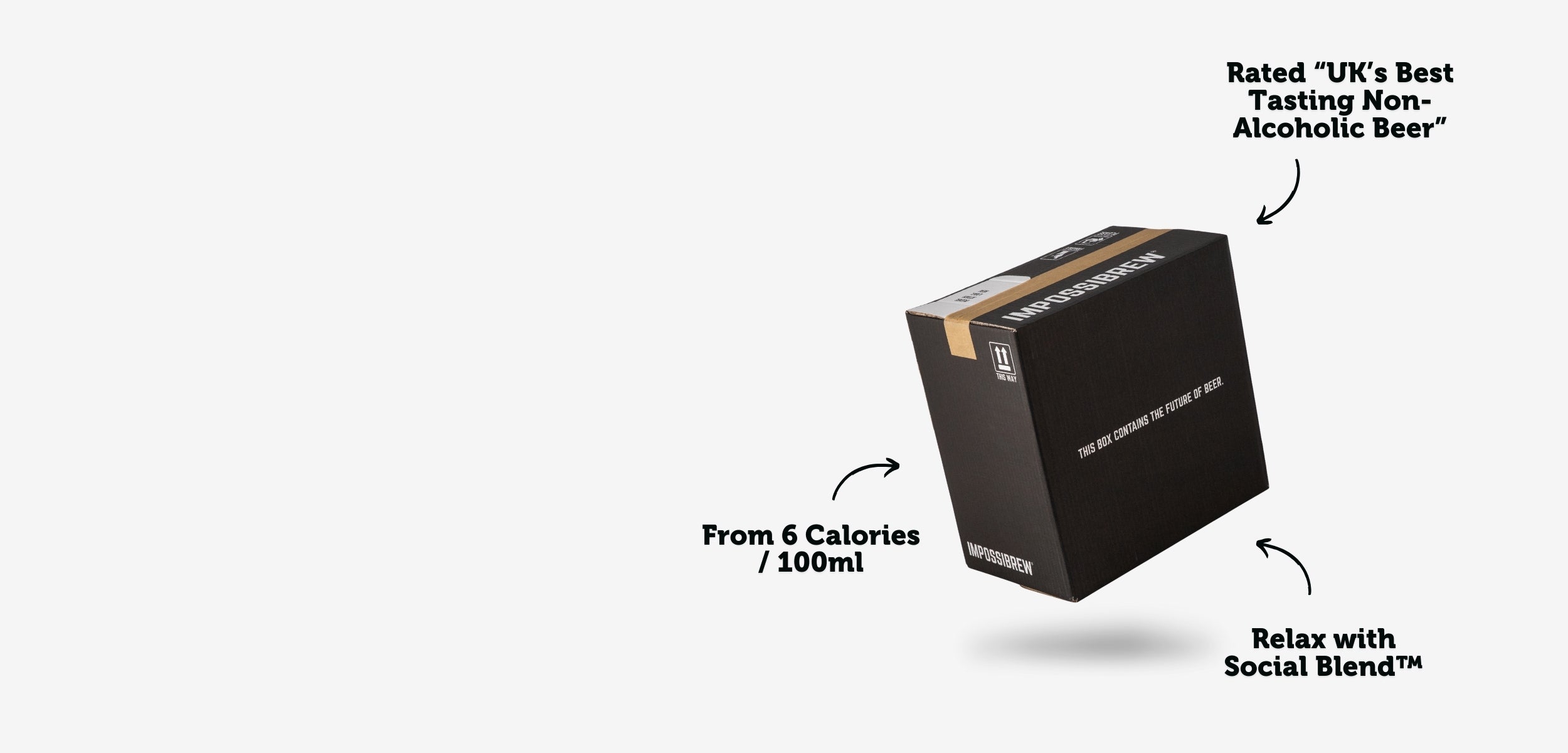
Next Generation Alcohol-Free Beer
IMPOSSIBREW®: The Enhanced Non-Alcoholic Beer designed as an alternative to full ABV beers using patent-pending technology*.
Enjoy a healthier daily wind down with the beer that matches the taste and feeling of traditional alcohol.
Keep the pleasure and ritual of drinking without worrying about your health.
Get StartedAward-winning Taste
Rated "UK's Best Non-Alcoholic Beer" by the prestigious World Beer Awards.
From 16 Calories / 100ml
Low Calorie. Low Carb. Vegan-friendly. <0.5% ABV. Gluten-Free (Lager)
Social Blend™
Our proprietary alcohol alternative made from a blend of science-backed ingredients designed to replicate the sensory, social and relaxing experience of drinking. Read more here.
Got Questions?
Find our most commonly asked questions below or ask our AI Brewer for instant answers.
What is IMPOSSIBREW®?
IMPOSSIBREW® is a pioneering non-alcoholic beer brand based in the UK that aims to create the world's most complete alcohol alternative using patent-pending technology.
Founded by Mark Wong in 2021 and working with some of the world's best professors, scientists and expert brewers, IMPOSSIBREW® specialises in expertly crafted non-alcoholic beers designed to match full ABV beers in both taste and feeling.
Product Range
IMPOSSIBREW® offers a range of enhanced non-alcoholic beers, including:
- Enhanced Lager (0.5% ABV)
- Enhanced Pale Ale (0.5% ABV)
- Limited Editions (Seasonal)
Key Benefits
The key feature that sets IMPOSSIBREW® apart is its proprietary "Social Blend™" - a combination of active botanical ingredients and nootropics using patent-pending technology* designed to recreate the relaxing effects of alcohol without the negative side effects.
Along with record-breaking quality flavour that comes from a unique process without removing alcohol.
Social Blend™ Ingredients
Developed with leading scientists in top UK universities, Social Blend™ includes:
- L-Theanine
- Ashwaghanda
- Soluble Plant Fibres
- Vitamin B1
- Various Plant Extracts.
These ingredients are chosen for their potential to boost serotonin, promote relaxation, and create a calming effect similar to the "one or two pint feeling" without hangovers.
See more details on our very own research paper, with over 1,000 participants:
- More than 70% said they felt relaxed after consuming IMPOSSIBREW®.
- 88% have reduced alcohol consumption since discovering IMPOSSIBREW®.
- 95% have told a friend about IMPOSSIBREW® after trying.
- 3/4 say that IMPOSSIBREW® is "the most complete alcohol alternative currently available on the market today".
Recognition
IMPOSSIBREW® has received several notable achievements:
- Featured on BBC's Dragons' Den
- Awarded the first and only Gold Medal in the No/Low beer category from the London Beer Competition
- Received multiple industry Gold awards in categories against Full-ABV beers
- Most followed No/Low Alcohol brand on TikTok globally.
Mission and Vision
IMPOSSIBREW® is on a mission to redefine non-alcoholic drinking by creating better-than-alcohol alternatives for those who love beer but want to avoid the health risks associated with alcohol consumption.
The company aims to become the global leading alcohol alternative brand, focusing on helping people transition to a healthier mode of relaxation without the traditional issues and side effects of alcohol.
Production and Ingredients
IMPOSSIBREW® combines traditional brewing methods with their proprietary Social Blend™ along with patent-pending technology*
The beers are made with traditional brewing ingredients such as water, malted barley, wheat, hops, and yeast, in addition to the Social Blend™ components - leveraging their unique cryogenic fermentation process, which means no alcohol is ever removed from the product - ensuring the most authentic quality taste you've come to expect.
Who is it for?
IMPOSSIBREW® caters to consumers who:
- Are busy professionals and parents who would like to unwind with a drink but don't want the hangovers.
- Enjoy the taste and relaxing experience of beer
- Are looking for healthier alternatives to alcohol, with lower calories, carbs and sugar
- Want to avoid hangovers and other negative effects of alcohol consumption
- Are interested in functional beverages with potential mood-enhancing properties
By offering a unique product that aims to replicate both the taste and feeling of alcoholic beer, IMPOSSIBREW® is positioning itself at the forefront of the growing non-alcoholic beverage market.
Get Started Today
Give it a try today with our Welcome Bundle and get 2 Free Beers with your first purchase. Get it delivered straight to your door, risk-free with our 30-day money-back guarantee.
We hope you enjoy them as much as we do and we can't wait for you to try.
*Patent pending in the UK under application number GB2415685.3
How does 'Social Blend™' work?
Social Blend™ is our proprietary alcohol alternative made from a blend of science-backed ingredients using patent-pending technology*.
Designed to replicate the sensory and social relaxing experience of drinking, minus the headaches (and bad decisions).
Developed with Dr Paul Chazot, Bioscience Professor and Chair of Pharmacology at Durham University.
Key Components and Mechanisms
- L-Theanine:
- Ashwagandha Root:
- Vitamin B1 (Thiamine):
- Various nootropic herbs:
Benefits
- Relaxation: The blend promotes a state of relaxation without the sedative effects typically associated with alcohol.
- Mental Calm: By boosting alpha brain waves and serotonin levels, it helps maintain a calm and focused mental state.
- Stress Relief: The combination of L-Theanine, Ashwagandha, and Vitamin B1 helps mitigate stress and anxiety.
- Mood Enhancement: The inclusion these ingredients and other botanicals supports mood regulation and overall positive outlook.
IMPOSSIBREW®'s Social Blend™ is a carefully crafted combination of nootropic and adaptogenic ingredients designed to offer a relaxing and mood-enhancing experience without the drawbacks of alcohol. It leverages the natural properties of its components to promote relaxation, reduce stress, and enhance mood, making it a unique alternative to traditional alcoholic beverages.
(Read our latest research paper here)
*Patent pending in the UK under application number GB2415685.3
Do you ship overseas?
We ship to the UK Mainland for free when you spend over £35
We aim to expand internationally soon - stay tuned!
If you have any queries, feel free to email: hello(@)impossibrew.co.uk
How long will it take to get my orders?
For UK mainland deliveries, normal orders processed here will take 1-3 business days to arrive, with an optional upgrade to Next Day Delivery available (12pm cut-off).
Delivery details will be provided in your confirmation email.
How is 0.5% ABV alcohol-free?
Yes, we know it's confusing. Isn't 0.5% ABV still alcoholic? Officially, 0.5% ABV is classified as Dealcoholised.
- In fact, most things we consume daily have more than 0.5% ABV
- Burger Rolls - 1.2% ABV
- Orange Juice - 0.5% ABV
- Ripe Banana - 0.5% ABV
After more than 2 years of research, we've found that the 0.5% ABV from our natural brewing process significantly increases both flavour and mouthfeel - without spiking your blood alcohol level (BAC).
Is it really gluten-free?
Yes, IMPOSSIBREW® Enhanced Lager is gluten-free. Even though it contains wheat and barley, our beers have been third-party tested to contain less than 10 parts per million (PPM) of gluten, which meets the criteria to be listed as, and labeled gluten-free.
Does it have alcohol tax?
No. While it is true that our beers don't contain alcohol, and thus don't incur UK alcohol duty, we'd like to highlight some factors here that might be helpful in reflecting the value we provide.
- One-to-One Brewing Process: At IMPOSSIBREW, we take pride in our unique brewing techniques. Unlike other non-alcoholic beers, our products are never diluted, watered-down, or have their alcohol content removed - and some even dilute their alcoholic beers up to 5x. This means that our brewing process involves the same level of craftsmanship, time, and resources as a traditional craft beer, resulting in comparable production costs.
- Effective Nootropics: In our commitment to creating the most relaxing non-alcoholic beers, we utilise only the highest quality nootropics as our active ingredients, in safe and effectives dosages. At current alcohol tax rates for a 5% ABV beer, the cost of our nootropics more than double that. Instead of contributing the amounts as tax, why not have it contribute to the product quality itself?
- Small Scale Brewing: Currently, we operate on a smaller scale, which makes us less competitive than large, commercial brewers (often +10,000x our brewing size). As a growing business, we are passionate about our mission to create unique, high-quality non-alcoholic experiences, and we truly appreciate your support. As we continue to grow and expand our production capabilities, we look forward to passing on even more savings to our valued community!
At IMPOSSIBREW, we prioritise offering our customers an enhanced, premium, non-alcoholic beer experience by combining innovative brewing techniques, quality active nootropic ingredients, and award-winning taste. While our pricing may differ from other non-alcoholic competitors, we believe that the value proposition and unique experience our beers provide are well worth it.
At the end of the day, tasting is believing. So give it a try and let us know what you think - risk-free with our IMPOSSIBREW® Guarantee.
Who shouldn't drink IMPOSSIBREW®?
It is not recommended for pregnant or breastfeeding women, those with certain medical conditions like GI disorders or hypertension, or individuals taking specific medications such as antidepressants, immunosuppressants or blood thinners. If you fall into any of these categories, it's best to consult with your doctor first.
Ashwagandha can lead to overstimulation (i.e. restlessness) if taken alongside thyroid medication.
What is your philosophy?
For thousands of years, we had only one way to unwind together. One way to let our guards down. One way to bridge the gap between who we are and who we are with others.
Not because it was perfect. But because it was all we had.
We decided that wasn't good enough.
We exist because we believe in a world where social connection doesn't demand compromise.
Where being present with others doesn't mean being absent from yourself. Where letting go doesn't mean losing control.This isn't about removing alcohol. This is about something better.
Our Social Blend™ technology isn't an accident. It's the result of questioning everything we thought we knew about social drinking. About working with scientists to understand what we're really seeking in these moments of connection. About daring to imagine something that wasn't possible before.
We believe the greatest innovations don't just solve problems - they change how we live. They make us question why we ever settled for less.
That's what we're building. Not just a drink, but a new way forward. A future where social connection comes without compromise. Where tradition meets innovation. Where science meets ritual.
This is the future of social drinking.
Got more questions?
Speak to our AI Brewer here for instant answers.
Or email us at hello@impossibrew.co.uk
Our customer support is available Monday to Friday: 9am - 5:30pm.


















